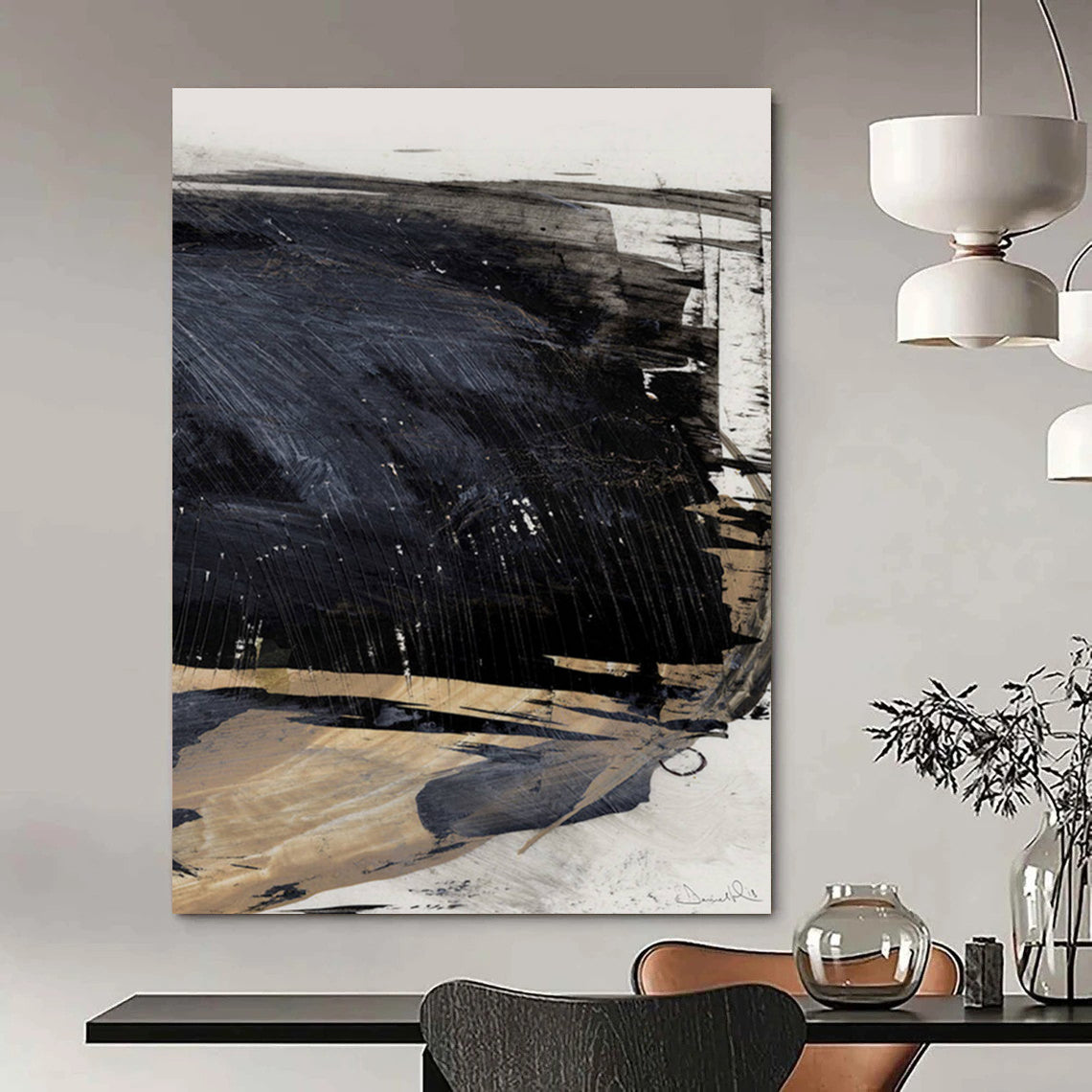Kim Sajet has been appointed as the new director of the Milwaukee Art Museum, promising dynamic leadership for one of the Midwest’s foremost cultural institutions. With a rich history dating back to 1888, the Milwaukee Art Museum is renowned for its exceptional collections and striking architecture. Under Sajet’s guidance, the museum aims to deepen its community engagement and enhance its role as a cultural beacon.
The Milwaukee Art Museum is celebrated for its extensive holdings, which include impressive examples of German Expressionist art and masterpieces by legendary artists like Georgia O’Keeffe. This diverse collection underscores the museum’s commitment to offering a broad spectrum of artistic voices.

Visionary Leadership Focused on Inclusion and Innovation
Kim Sajet brings a wealth of experience from leadership roles at other major art institutions, where she championed inclusive programming and innovation. Her appointment signals a strategic emphasis on expanding the museum’s audience and creating exhibitions that resonate with diverse communities. With a commitment to fostering dialogue, Sajet plans to blend historic collections with contemporary art, thereby enhancing the museum’s cultural relevance.
The museum’s iconic Quadracci Pavilion by Santiago Calatrava complements its mission, presenting art in a space that is itself a work of architectural brilliance. Sajet’s vision includes leveraging this landmark to attract broader audiences and create immersive art experiences.
Rich Collections Reflecting Artistic Diversity
Among the museum’s treasures are pivotal works by artists such as Auguste Rodin and Henri de Toulouse-Lautrec, whose pieces provide historic depth to the collection. The museum also houses the Anthony Petullo Collection, a significant compilation of self-taught and outsider art, broadening the narrative of inclusion in art history.
Kim Sajet’s leadership is expected to spotlight these diverse holdings, crafting narratives that highlight underrepresented artists alongside established masters. This approach reflects a forward-thinking institution deeply rooted in tradition yet eager to innovate.
Community Engagement and Future Directions
The Milwaukee Art Museum has long prioritized connecting with local communities through educational programs, family activities, and public events. Sajet is poised to enhance this engagement, focusing on accessibility and meaningful participation.
As the museum continues to evolve, plans to incorporate digital technology aim to make the collection more accessible to global audiences. These efforts align with Sajet’s commitment to museum innovation and audience expansion, positioning the Milwaukee Art Museum as a leader in the cultural landscape.
Image Sources and Related Keywords
-
Photographs of the Milwaukee Art Museum’s distinct architectural features including the Quadracci Pavilion.
-
Images of key artworks such as Georgia O’Keeffe’s paintings and Rodin’s sculptures.
-
Portraits and event images featuring Kim Sajet in her leadership role.
-
Archival photos depicting the museum’s history and exhibitions.
FAQ
Who is Kim Sajet?
Kim Sajet is an experienced museum director known for her dedication to inclusivity and innovative programming, now leading the Milwaukee Art Museum.
What makes the Milwaukee Art Museum unique?
The museum features a wide-ranging collection including German Expressionist art and notable works by Georgia O’Keeffe, set within an architectural landmark designed by Santiago Calatrava.
What are highlights of the museum’s collection?
Highlights include masterpieces by Auguste Rodin, Toulouse-Lautrec, and the Anthony Petullo Collection of self-taught art.
How does the museum engage with the community?
Through educational programs and public events, the museum fosters accessibility and participation, plans to expand under Sajet’s leadership.
What future initiatives are underway?
Kim Sajet aims to enhance digital access and inclusive exhibitions to broaden the museum’s reach and cultural impact.

